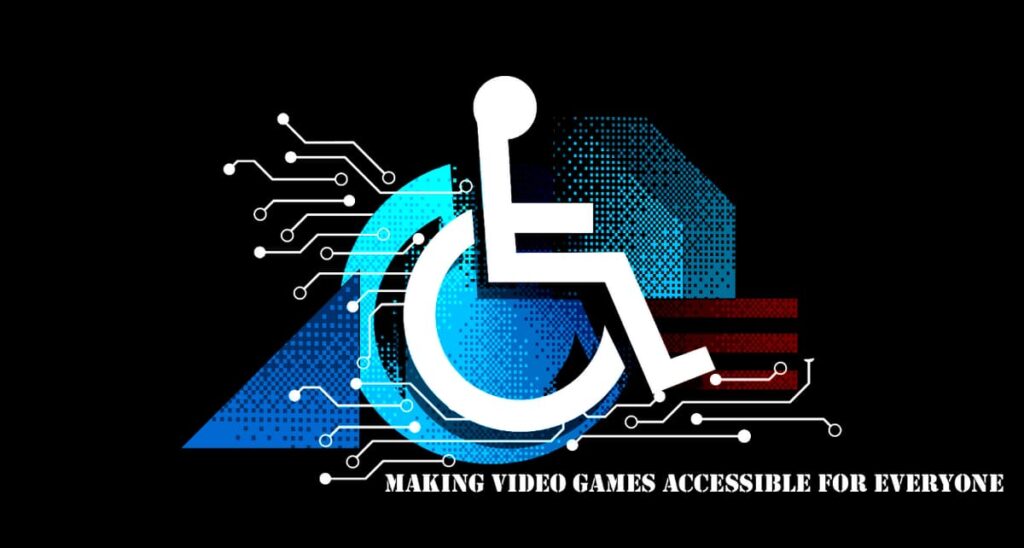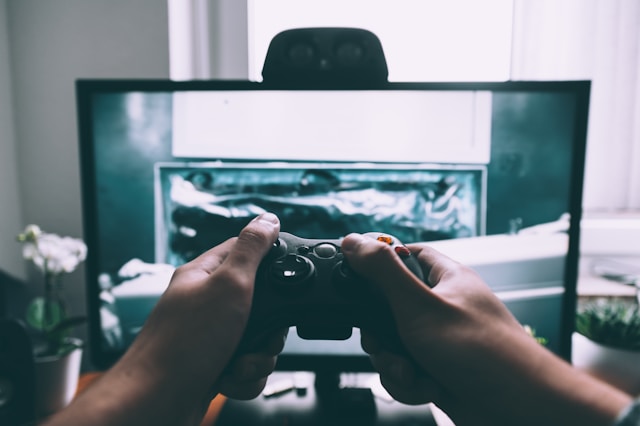Over the past few years, inclusiveness has become an integral part of the gaming industry to ensure that all people, including those with disabilities, can have fun while playing video games. Truly, these changes and innovations are revolutionary in all aspects. The movement towards inclusive gaming began picking up steam when organizations like Able Gamers realized the demand for disabled-friendly video games in 2009. Developers are now coming up with ways to make games more accessible because there are about 33 million gamers with disabilities in America today; this means that gamers have to be able to play too.
How Awareness Changed Everything
The first step toward making gaming more inclusive was understanding and addressing this issue among disabled gamers. This journey of awareness has been pivotal in transforming the gaming landscape.
The Early Days of Advocacy
In 2009, Able Gamers attended a game-development conference in San Francisco to raise awareness about disability-friendly video games. Initially, their efforts were met with indifference or even ridicule. Many developers did not recognize the value or benefits of creating access to video games; thus, making them accessible was deemed irrelevant to them by many game developers. However, as Able Gamers continued their advocacy, the industry began acknowledging the potential market and social responsibility it had towards inclusivity. This shift in attitude was crucial for the progress that followed.
Realizing the Market Potential
By excluding them, a huge chunk of the market is lost because there are about 33 million disabled gamers in America alone. The publishers then started taking disabled gaming seriously after this realization dawned on them. As a result, companies began to invest in novel ideas that would make video games more accessible due to both financial and ethical implications. This helped developers create games that were inclusive of all players regardless of their physical abilities, since the potential market encouraged it.
Creating Hardware for All Gamers
Physical adaptations of gaming devices provided opportunities for people with diverse disabilities to participate in mainstream gaming. For many people with disabilities, these improvements have made a significant difference.
Custom Controllers and Access Pods
Geoffrey Harbach from Long Eaton Powered Mobility Integration Service has been at the forefront of designing various hardware solutions, such as one-handed controllers for amputees or access pods that integrate multiple adaptive devices at once. These breakthroughs have enabled those who cannot move to fully participate in video gaming, where before they had limited or no control over their body movements during play. Through his work, Harbach has been able to show how technology can be used to bridge accessibility gaps.
Using Head and Foot Controls
Revolutionary approaches to this have seen the attachment of tilt switches on players’ heads or a kick switch for those with cerebral palsy, among others. Such modifications permit players to interact with games using movements that can be comfortably executed by them. By developing alternative input modes, game creators are ensuring that more people can play their favourite games in a meaningful way.
Addressing Sensory Impairments
Additionally, developers have taken into consideration the needs of gamers with sensory disabilities such as colour blindness and total visual impairment to create inclusiveness in gaming.
Helping Color-Blind Players
Colour vision deficiency affects around 5 percent of males, making it difficult for them to differentiate between some colors, like red and green. To cater for such individuals, games like “Grand Theft Auto” and “Star Wars Battlefront” have been made available in colorblind modes and with alternative visual cues. This enables colourblind gamers to navigate through different games better so that they do not miss important aspects of the game due to their ailment.
Gaming for the Blind
For instance, companies like Electronic Arts and Microsoft are creating systems that include touch and sound indicators meant for blind users. Some features in “Madden NFL 18” are intended for blind people who want to select strategies using tactile feedback, and inventing non-visual means of gaming. The use of sound and touch in game design is a leap forward for accessibility.
Community-Driven Innovations

In addition to those from large corporations, the gaming community and small businesses are also making efforts that will lead to accessibility in gaming.
Repurposing Existing Technologies
Several aids are generated by repurposing already-existing products. For instance, SUBPAC makes backpacks that turn audio cues into vibrations so that deaf gamers can feel notifications from the game. This innovative approach makes use of existing technology to solve accessibility issues, thereby showing how creative thinking within the gaming community can be powerful. Community-driven solutions often lead to unique and effective ways of making games more inclusive.
In conclusion, the gaming industry has made impressive progress in making video games accessible to everyone. From raising awareness and recognizing market potential to developing innovative hardware and addressing sensory impairments, the efforts to include disabled gamers have transformed the industry. Community-driven innovations further emphasize this collaborative spirit as far as making access easy is concerned. It is also logical that with advancing technology, there will be a need to ensure all gamers can enjoy their favourite pastime, regardless of their physical abilities.
